In some successful hotel chains, there is a unique approach to management: many leaders begin their careers by working in various roles, including the most basic and essential tasks like cleaning rooms and toilets. This practice instills a profound understanding of the entire operation from the ground up. By the time they reach a managerial position, these leaders have experienced every aspect of the hotel’s functioning, equipping them with a high-resolution understanding of each role. This comprehensive insight enables them to excel as managers and lead their teams effectively.
This approach is something I’ve found immensely valuable in leading high-performance design teams. Understanding every facet of the design process not only enhances my ability to guide but also builds credibility and trust within the team.
Just as hotel managers know what it takes to clean a room, design leaders should be familiar with every stage of the design process. This doesn’t mean doing every task yourself, but having a deep enough understanding to empathize with your team, anticipate challenges, and provide informed support.
Empathy Through Experience
When you have firsthand experience with the tasks your team is tackling, you’re better positioned to offer meaningful guidance and empathy. This understanding fosters a supportive environment where team members feel seen and appreciated.
Anticipating Challenges
Familiarity with the details allows you to foresee potential hurdles and proactively address them. This foresight can significantly improve team efficiency and morale, as problems are mitigated before they escalate.
Building Trust and Credibility
When your team knows you’ve been in their shoes, it builds trust. They see you as a leader who truly understands their work, which enhances collaboration and commitment to shared goals.
A high-performance design team thrives in an environment where collaboration is at the forefront. This means creating a culture where every team member feels empowered to contribute their ideas and expertise.
Encouraging Open Communication
Foster a culture where team members feel comfortable sharing their ideas and feedback. This openness not only sparks creativity but also encourages continuous improvement.
Valuing Diverse Perspectives
Just as each role in a hotel contributes to the guest experience, each team member brings a unique perspective to the design process. Embrace these differences to enhance creativity and innovation.
Celebrating Successes Together
Recognize and celebrate the achievements of your team. Whether it’s a successful project launch or a creative solution to a challenging problem, acknowledging these milestones strengthens team morale and unity.
To build a high-performance design team, it’s crucial to start with a clear understanding of what the business needs and to hire with precision to meet those needs.
Assessing Business Needs
Begin by evaluating the strategic goals of the business and how the design team can contribute to achieving them. Identify the skills and expertise required to meet these objectives effectively.
Precision Hiring
With a clear understanding of the necessary skills, use precision hiring to select the right individuals for your team. This means focusing on candidates who not only have the technical skills but also fit the team culture and share the company’s values.
Balancing Skill Sets
Ensure that your team comprises a balanced mix of skills and experiences. This balance enhances the team’s ability to tackle a wide range of challenges and fosters innovation through diverse perspectives.
Continuous Development
Once the team is assembled, invest in ongoing training and development to keep skills sharp and aligned with evolving business needs. Encourage team members to pursue learning opportunities that expand their expertise and enhance team performance.
Leadership in design requires a clear vision that inspires and guides the team toward shared objectives. This involves setting clear expectations and providing the resources needed to achieve them.
Articulating a Clear Vision
Communicate your vision clearly and consistently. When team members understand the broader goals and how their work contributes to them, they are more motivated and aligned.
Providing the Right Tools and Resources
Ensure your team has access to the necessary tools and resources to perform their best work. This support is crucial for maintaining productivity and quality.
Adapting to Change
The design industry is constantly evolving, and effective leaders are agile in adapting to new trends and technologies. Encourage your team to embrace change and view it as an opportunity for growth and innovation.
Leading a high-performance design team is similar to managing a hotel: it requires a deep understanding of each role, a collaborative culture, and a clear vision. By drawing on experiences and principles from different fields, leaders can become more effective and create teams that not only excel in their work but also thrive in a supportive and dynamic environment.
Just as successful hotel managers benefit from understanding every aspect of their operation, design leaders can gain valuable insights by immersing themselves in all facets of the design process. This holistic perspective equips them to lead with confidence and achieve success.
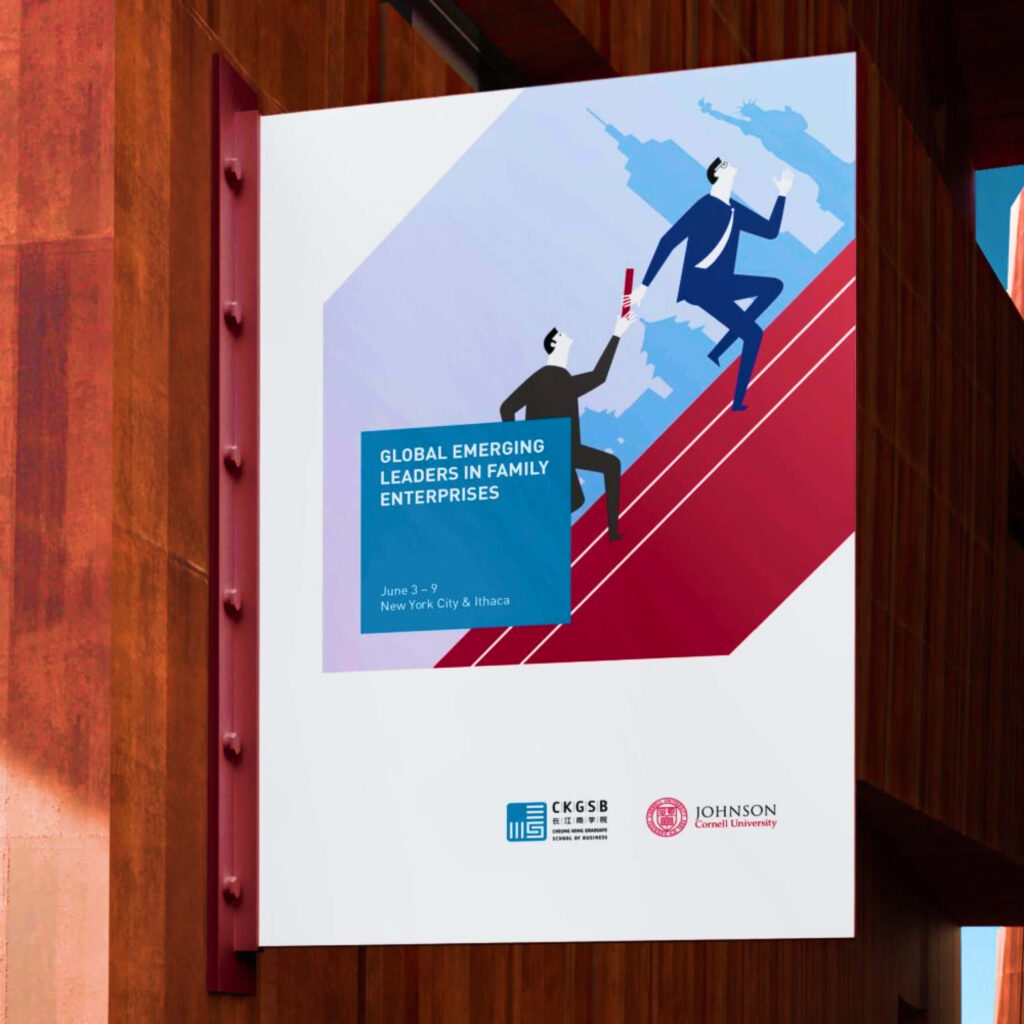
For nearly a decade, I led CKGSB’s international design efforts. From website to marketing campaigns, we tailored elite visual experiences that honored both Eastern nuance and Western expectations for a global audience.
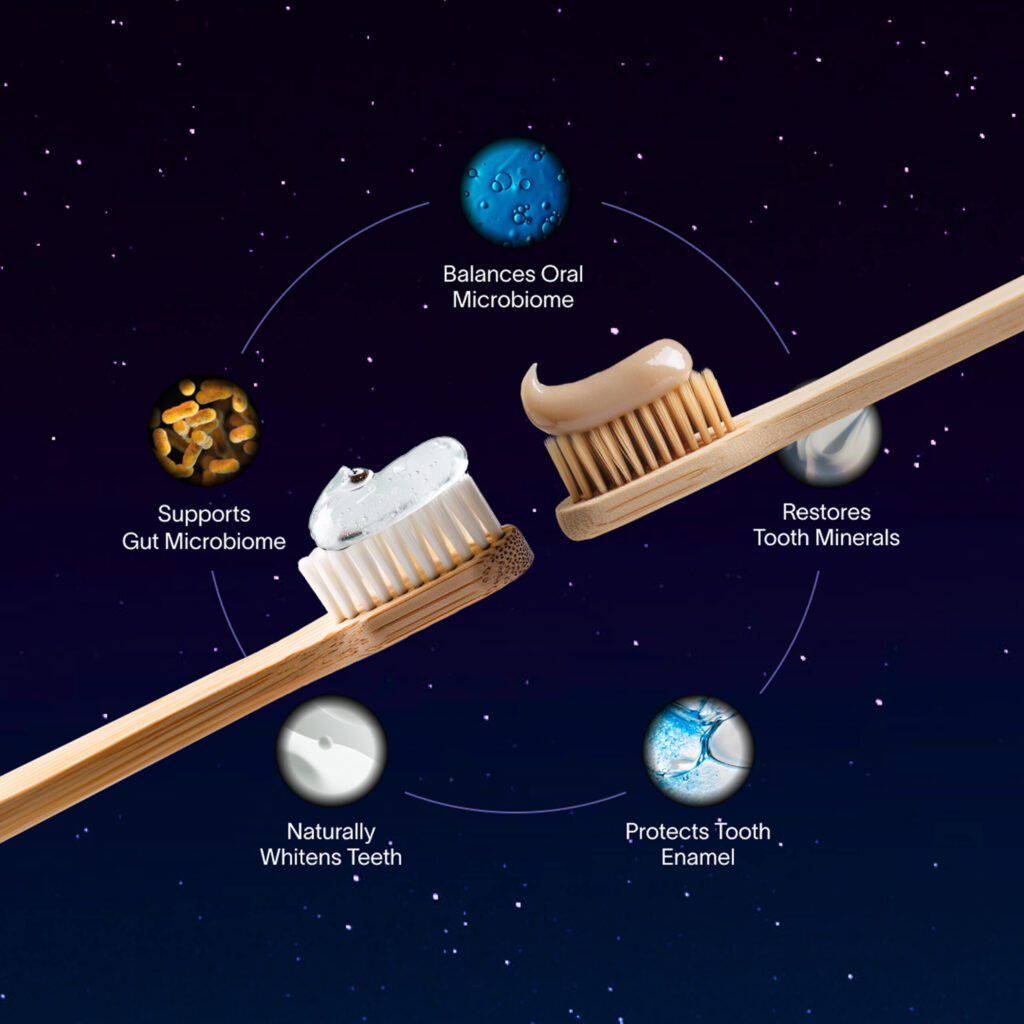
We’re actively integrating AI into our design process—analyzing research, generating ideas, editing visuals. This Viome visual blends human intuition with AI power, pointing toward the future of hybrid design.
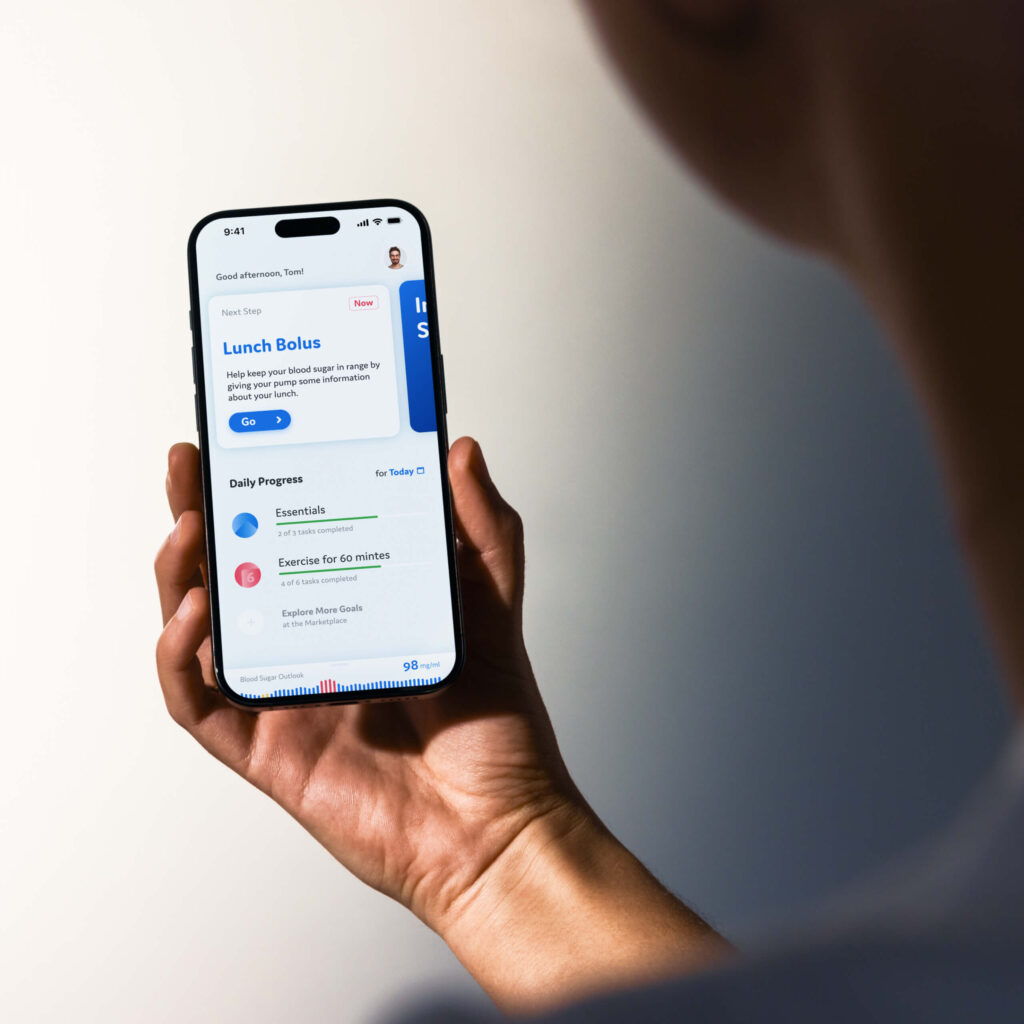
As one of the designers on Eli Lilly’s insulin pump project, I helped redesign the Type II diabetes experience. Our goal: a simple, empowering daily tool that educates users while guiding them through treatment transitions.
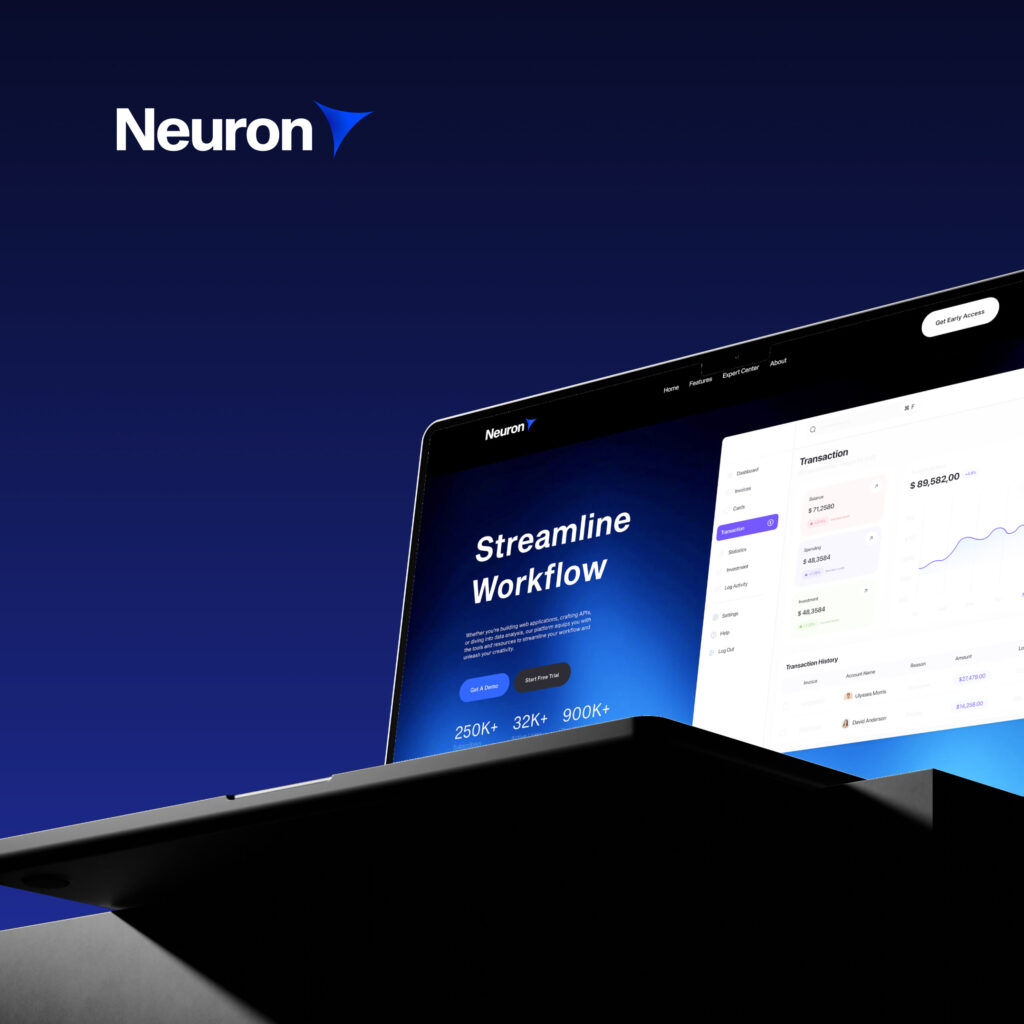
We helped launch Neuron, an AI startup for business consultants, by creating everything from the name to the product UI. Our work unified brand, web, and pitch materials to tell a cohesive story from day one.

For VLS’s clinical reports, clarity came first. We restructured content and designed accessible infographics to serve both medical professionals and new patients—ensuring critical health info is easy to scan and understand.
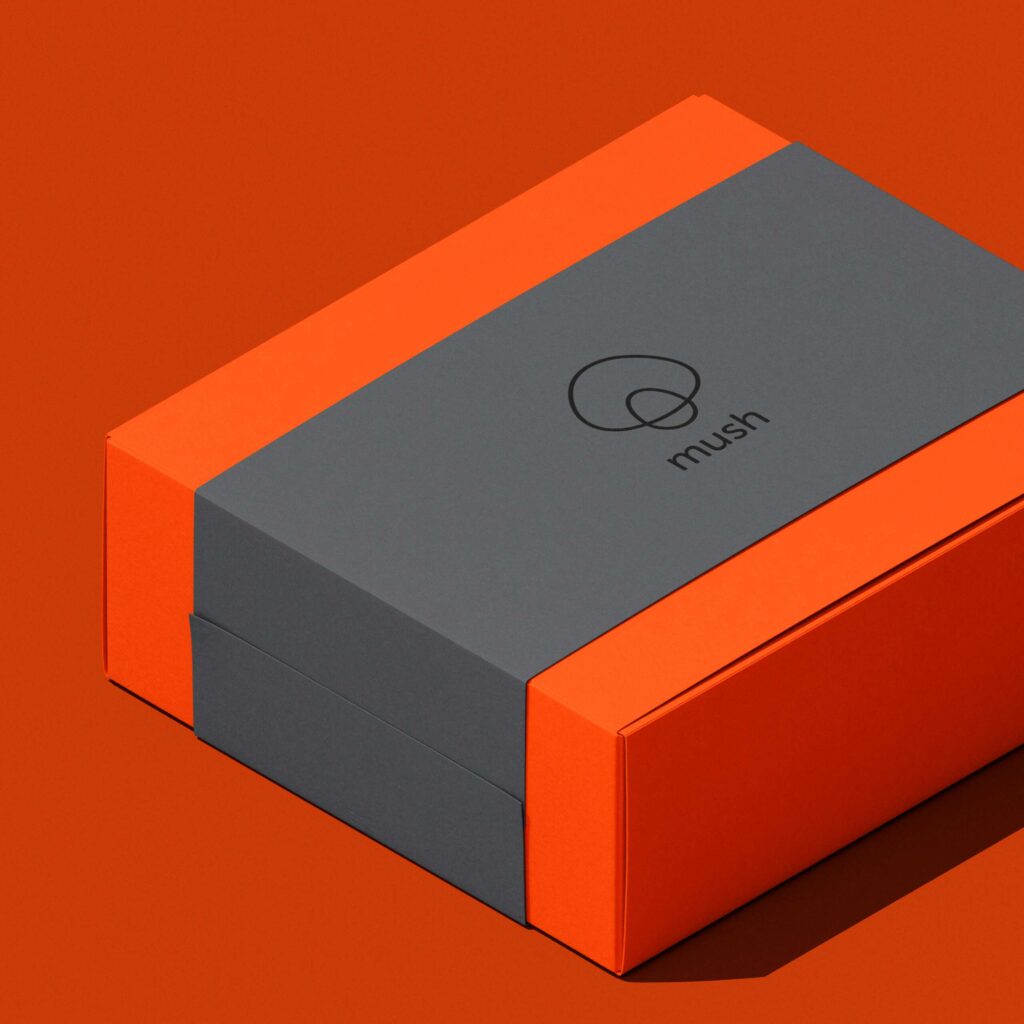
Mush, an adult-focused entertainment brand, needed identity with flair. Our logo—two simple rings forming a mushroom—evokes magic, play, and transformation, flexing seamlessly across motion, merchandise, and media.

With a 24-hour deadline, we created a minimalist yet bold print ad for Viome at the US Open. By transforming a tennis court into a stage for the product, we delivered a striking visual that rose above the clutter.

We designed a bespoke typographic logo for Hanrad, a luxury rug brand inspired by fine art. Every letterform was sculpted to reflect timeless elegance—mirroring the craftsmanship of the masterpieces their rugs are meant to complement.